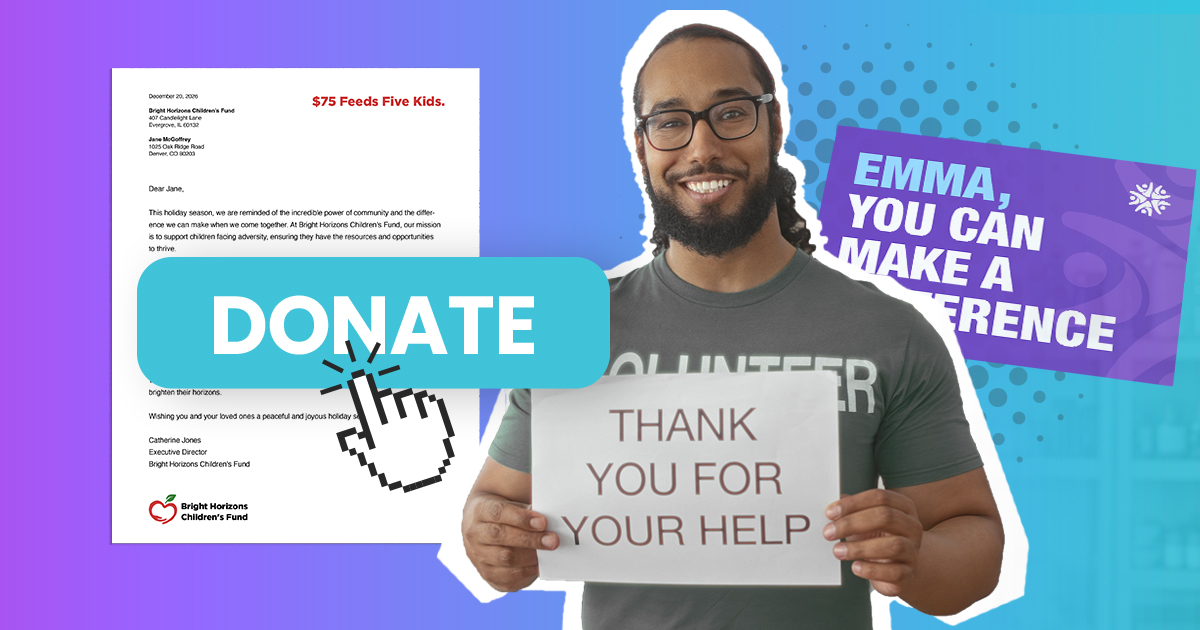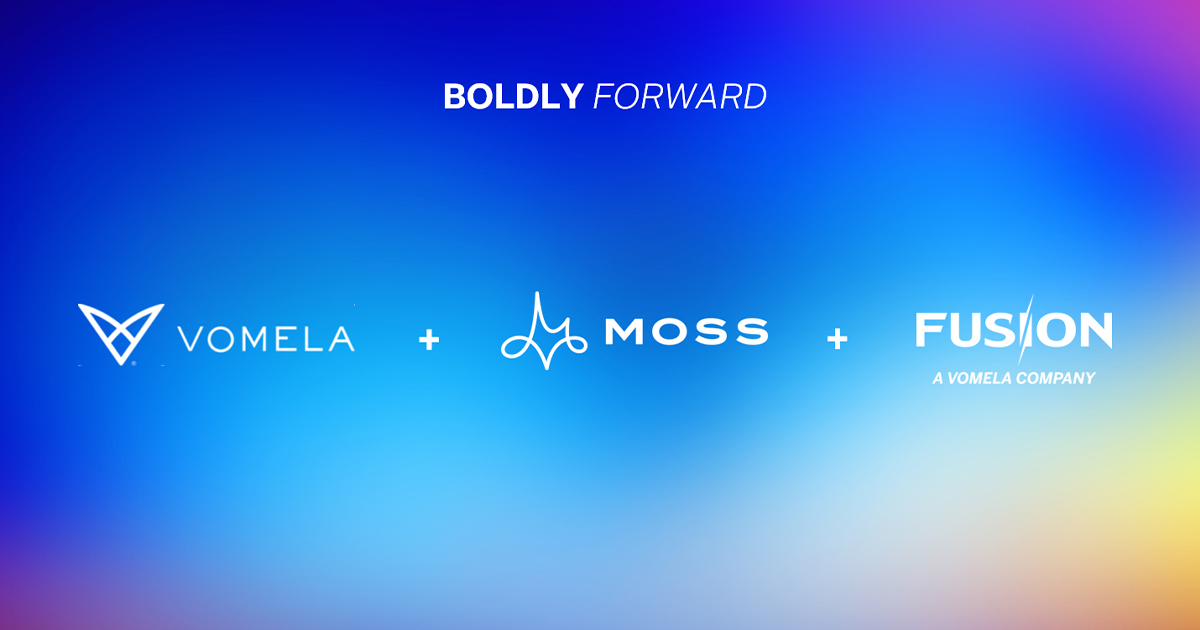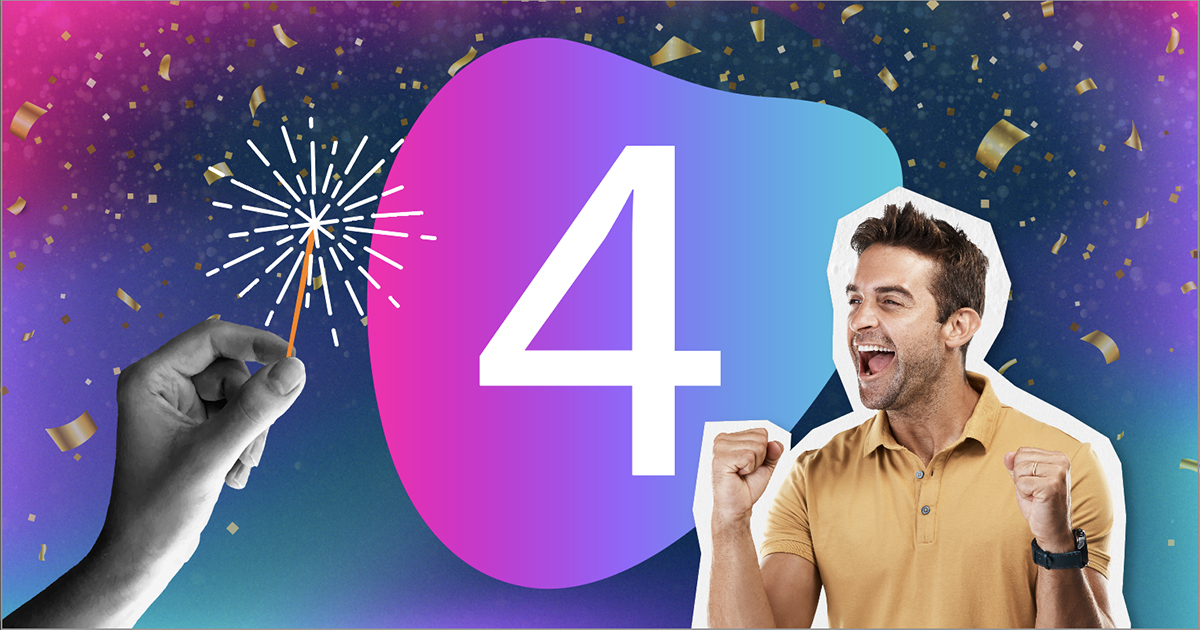
Pitt CTSI Finds Optimized Direct Mail to Be a Marketing Shot in the Arm

Pitt’s Clinical and Translational Science Institute (CTSI) helps accelerate and transform scientific research and clinical discoveries into modern medical techniques. CTSI provides specialized resources, education, and expertise to support a wide range of clinical and translational research.
Furthermore, the group is an integral part of the National Institutes of Health (NIH) nationwide network that provides the support necessary to bridge the gap between innovative approaches to research and effective clinical and public health practice and policy.
One of these is NIH's “All of Us Research Program.” The All of Us Research Program invites one million people across the U.S. to help build one of the most diverse health databases in history. Researchers will use the data to learn how our biology, lifestyle, and environment affect health. CTSI is leading the All of Us program in Pennsylvania, with the goal of amassing 120,000 people across the state to participate.
Leading the charge at CTSI is Robert Morlino, executive director of marketing and communications, and Kirsten Carroll, communications manager. Together, they are heading up the All of Us Pennsylvania marketing efforts with the goal of speeding up health research and medical breakthroughs.
“What we seek to do,” explained Morlino during a recent PFL-led webinar, “is increase the amount of research that will help improve people’s lives. Our role is to facilitate research services here at the University of Pittsburgh, and we were selected by the NIH to represent Pennsylvania in this large research program.”
But how to go about successfully conducting such a major research program? Morlino joined CTSI a little over a year ago, where he found an operation that used all manner of tactics to sign up new participants, including social media, email, events, direct mail, print ads, news releases, broadcast media, etc.
While direct mail had always been a channel CTSI used, Morlino was not thrilled with how it was working. He wanted to better optimize the direct mail channel in some way, which is what brought him and the team to PFL.
Everything Under One Roof
CTSI had previously worked with two vendors to handle its direct mail, but Morlino and his team saw value in PFL since it brings everything together under one roof: reliability, clear communication, and customer support, as well as mailing and printing expertise. Prior to working with PFL, Rob and team would have to, first, work with a printer. Once that was completed, they would have to send the mailers to a separate service for bar-coding, addressing for the United States Postal Service, etc. PFL also provided the list rentals.
Since CTSI doesn’t use a CRM or MAP, PFL provided data analytics as part of the professional services offered. This way, Morlino and his team would know how many touches a recipient was getting throughout the state of Pennsylvania. PFL was also able to produce the postcards, address them, barcode them, and get them to the post office.
We also knew that an important aspect of this kind of marketing is meeting people where they are. Direct mail, obviously, does that very well. Often, it will sit on the kitchen counter or re-present itself in various ways around the home or office.
This gave CTSI better tracking (i.e., connecting direct mail to enrollment metrics); an almost limitless number of available formats; the ability to release new artwork more frequently, which allows a higher volume of sends; and a way to change variables faster to study their impact more effectively. It was a big win all around.
Top of the Funnel
“We started really modeling the awareness zone up at the top of the funnel,” Morlino explained. “We also knew that an important aspect of this kind of marketing is meeting people where they are. Direct mail, obviously, does that very well. It ends up in the recipient’s mailbox along with other important things. And, often, it will sit on the kitchen counter or re-present itself in various ways around the home or office.”

In the beginning, CTSI was using very traditional creative for their postcards, something that was "safe" or "expected" from a healthcare organization. They soon realized that the designs and message just didn't stand out, so they experimented with more creative designs. The team soon saw better results in the form of higher engagement through response rates with the new designs.
Once the ball was rolling, Morlino and team decided to also start A/B testing different creative elements. They tested elements such as colors, photography vs illustration, different CTAs, headline/tagline copy, etc.
They also wanted to test a hypothesis they had about exhaustion with the healthcare-style of advertising being used. Said Molino: “I think the sort of smiling portraiture we were using is very common with health insurance companies, hospital groups, that type of thing. So, one hypothesis we had was that, frankly, people tune out much of the advertising that looks like this."
A/B Testing Different Messages
PFL aided CTSI in this A/B testing by sending two version of cards with totally different messages. They ran these against two different populations and QR codes to see how many times a piece of artwork might be scanned. This allowed PFL to determine the level of interest in each market.
At the end of the day, noted Morlino, “to get the results you're looking for, you must capture a reader's attention. The mail must stand out in your mailbox—be colorful, beautiful, catch the recipient’s attention. Then getting that recipient to read the front, turn over the back, scan the QR code, and find out more about the All of Us Research Program.”
“Try direct mail formats and designs that will stand out in the mailbox,” Morlino suggested. “Understand the problem in the recipient's mind, and then create content to overcome that problem.”
Morlino pointed out that, as with much of the country, but especially in Pennsylvania, there's a division in lifestyle and socioeconomics between the metro areas and rural areas. This, he believes, will help build one of the most diverse health databases in history, aiding researchers in learning how our biology, lifestyle, and environment affect health.
“We know that there's this dynamic in marketing where the more people see something—especially in a context that they're familiar with—the more trust they have in the sender,” explained Morlino. “So being able to reinforce that All of Us branding in the right place with multilingual postcards along with the other promotion on social media and print advertising really helped to build trust in the areas we were trying to reach.”
On Track to Meet the Goal
So how is all this working for Morlino and CTSI? Very well, it seems. “We're on track to meet our goal for the annual quota, which is just over 6,000,” Morlino said. “For our ‘lifetime participants’ goal, we're just over 40,000, looking for a total of 120,000.”
Morlino, Carroll, and the rest of the CTSI team say they have learned a great deal from the experience. “One thing we are absolutely focused on now is keeping the overall goal in mind,” he said. “Build the journey before you start and know where it's heading. Think back to the funnel model and understand what needs to happen at each stage before you take action.”
Stand Out in the Mailbox
Another learning? Set KPIs that you're able to track, even if it means you must get creative, such as using QR codes, special codes, special phone numbers, things like that. “Try direct mail formats and designs that will stand out in the mailbox,” he suggested. “Understand the problem in the recipient's mind, and then create content to overcome that problem. Segment your audience intelligently, then create empathetic content that matches their needs. And, of course, test and measure so you can continuously learn and optimize.”
Concluded Morlino: “The top-level story is, with PFL, we spend a lot less time on all the process details, which is important. With PFL’s help, we're making more informed decisions and can prove ROI much better. The whole project has really turned around. In many of the businesses I’ve worked for previously, the mail operation was basically unchanged for 40 years. But with PFL, it feels as if we're using the most up-to-date, cutting-edge technology for our current work. And we are being a more environmentally and fiscally responsible in doing it.”





